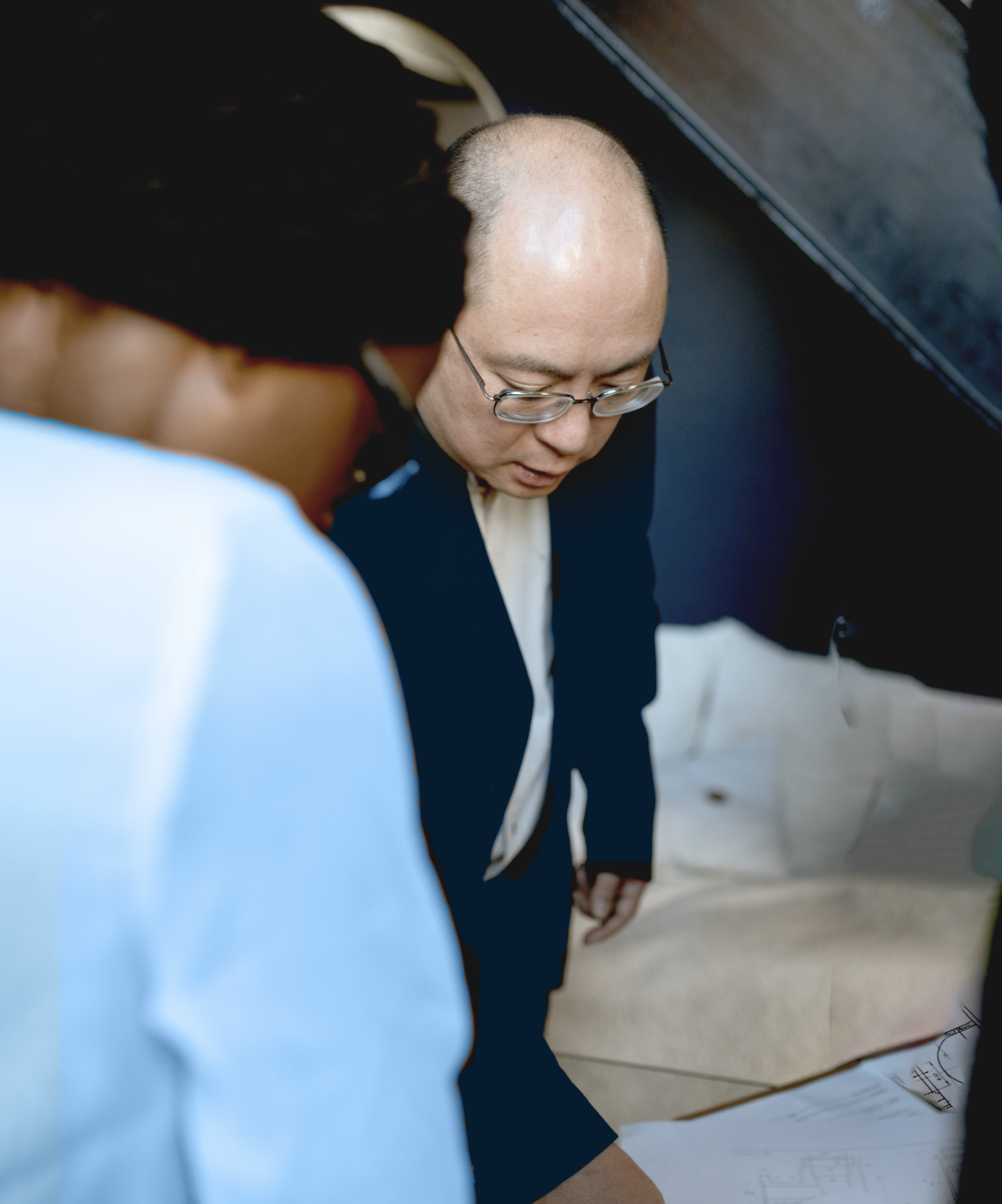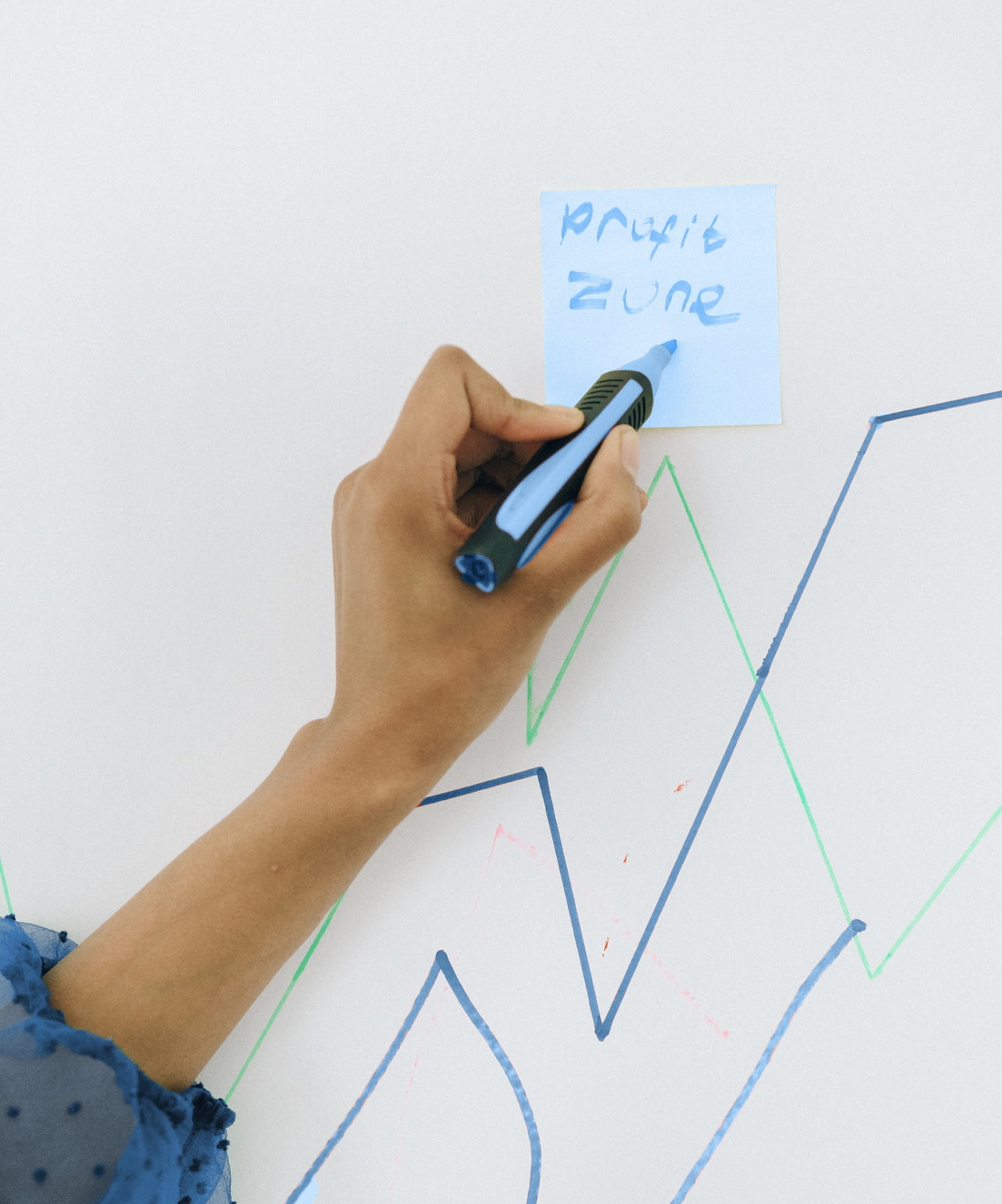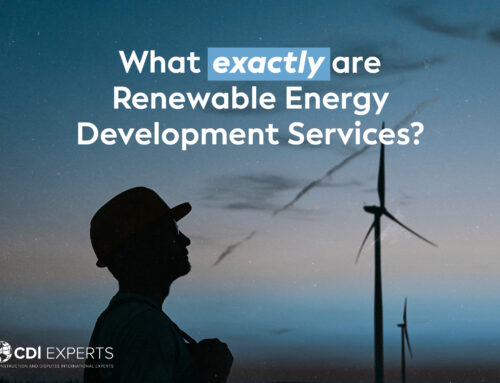
In general terms, a feasibility study is the assessment of an idea with the purpose of identifying potential problems. The main goal is to determine whether the idea will work and if you should pursue it. It’s a good idea to have a feasibility study done before you invest a lot of time and money into a project. Feasibility studies allow you to get a better idea on what a project is going to cost and if it is going to benefit you in the long term financially. It’s worth it to spend a few extra dollars getting one of these done before you put a big chunk of money into something that might have some risks you are unaware of. Today CDI Experts look at the 7 steps to construction feasibility studies:
Conduct a preliminary analysis
In construction you first think about the tender phase. Is it worth it? Is it going to be profitable? Are you not using your recourses ineffectively, is it actually worth putting in all this extra effort to get in and once your in are you going to be able to deliver. So you conduct this before diving in.


Projected income
This requires you to work backwards, you start with what you expect the income of the project to be, what investments are needed to achieve that goal. This includes defining the project’s goals, tasks, phases, costs, deliverables, and deadlines. The project scope also identifies internal stakeholders as well as external clients and customers.
Market
Is there a demand for this particular venture in the market it seeks to serve? This is critical information to know before committing to a project, and it’s precisely what market research seeks to answer. Market research also gives insight into the current competitive landscape and helps identify factors like geographic influence on the market and the market’s overall value.


Business organisation
It’s time to set up an organisation and the operations of the planned business venture This should be thorough and include all the costs, fix investments, equipment, merchandising methods, rent, the staff, and supplies.
Opening day
Here you look at your liabilities and ask if they are balancing out. This should be as accurate as possible. It should include items like: source costs, available financing, liabilities to consider, leasing and purchasing of land.


Review and analyse all your data
Here you look at your liabilities and ask if they are balancing out. This should be as accurate as possible. It should include items like: source costs, available financing, liabilities to consider, leasing and purchasing of land.
Make a decision
Your’e now at the point where you need to make a decision of whether or not the project is feasible. It sounds simple but all the steps were leading to this moment. A couple other things to consider is asking whether the commitment is worth the time, effort and money. Should we still go ahead? What are the costs that will incur in the future? Is this still realistic? Or it easier to now stop? When it’s all said and done, the feasibility study comes down to one decision: Is the project approved to move forward or not?

Follow us for more!
Get the expert edge
Please add your details below and we’ll be in touch as quickly as possible





